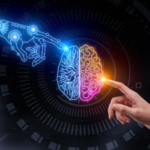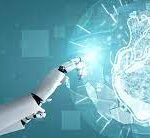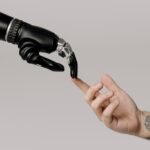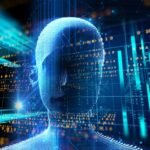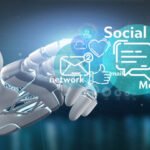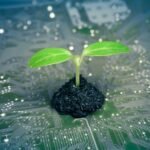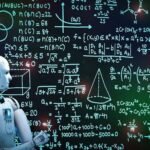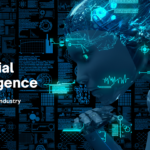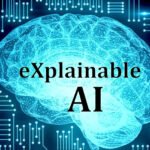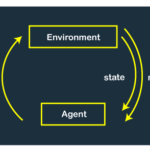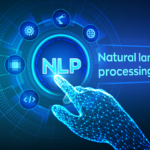SEC’s Gary Gensler Believes AI Can Strengthen Its Enforcement Regime
Gary Gensler, the chair of the United States Securities and Exchange Commission (SEC), has expressed the potential benefits of incorporating artificial intelligence (AI) into the agency’s operations. Speaking at the National Press Club, Gensler identified various areas where AI could assist the SEC in its role as a securities regulator, including market surveillance, disclosure review, exams, enforcement, and economic analysis.
The SEC has already taken enforcement actions against 54 cryptocurrency firms since 2018, with the rate of actions increasing after the collapse of FTX in November. While Gensler did not provide specific details on the use of AI, he expressed optimism about its positive impact on financial markets and regarded it as the most transformative technology of our time, akin to the internet and the mass production of automobiles. Gensler emphasized the potential for AI to drive efficiencies through pattern recognition at scale, benefiting sectors such as healthcare, science, and finance.
However, Gensler also acknowledged the challenges associated with AI, including issues of bias, deception, privacy concerns, and conflicts of interest. Biases within AI systems can lead to inaccurate predictions, while the spread of AI-generated fake news has affected Gensler personally.
To address these concerns, Gensler has asked SEC staff to propose rules regarding conflicts of interest in investor interactions. He also expressed worries about AI monopolies disrupting the economy and contributing to potential financial crises. Gensler made it clear that the SEC is committed to taking action against fraud, regardless of whether it involves AI or other means, and is empowered by Congress to enforce measures against deceptive practices using AI.
While recognizing the potential benefits of AI for the SEC’s enforcement regime, Gensler remains dedicated to ensuring responsible use of AI in the best interests of investors and the financial markets.







